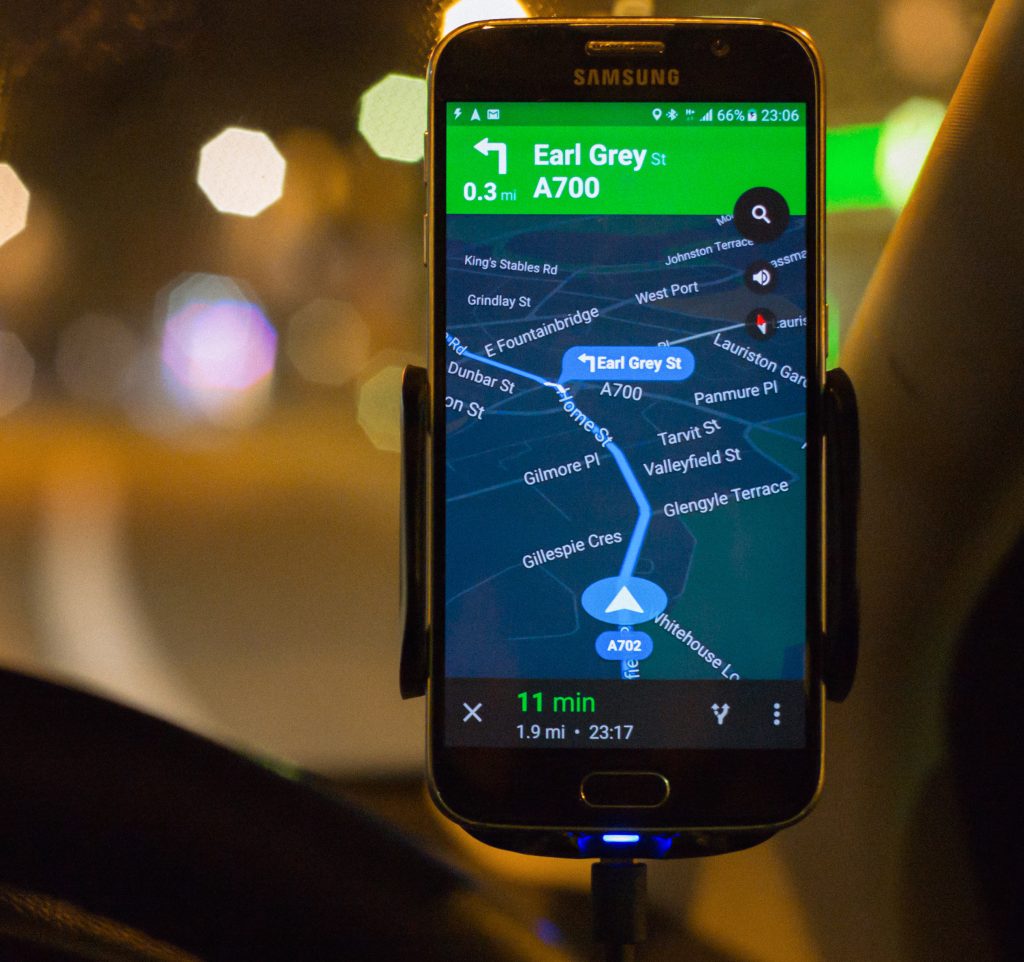By Ines Aviles-Spadoni, M.S., Research Coordinator/Marketing & Communications, UFTI

Traffic jams, a pervasive issue in the United States, cost consumers time and money. INRIX, the transportation analytics research firm, has estimated that urban commuters in 2022 spent a staggering 51 hours a year stuck in traffic, resulting in an annual cost of approximately $81 billion.
Let me set the stage for you. Many people today use apps such as Google Maps or Waze to help them find the quickest way to their destination. These apps tell us which roads are free of congestion and which ones are heaving with traffic. The issue is that if many people use the same app at the same time and follow the same uncongested route, this will undoubtedly lead to congestion on the route that showed up as otherwise free of congestion. Think about it this way – You are at a subway station, and everyone is trying to go through the door of a subway car at the same time.
But fear not; a beacon of hope is on the horizon. Dr. Lili Du, a professor in the Department of Civil and Coastal Engineering at UFTI, and her dedicated research team have uncovered a groundbreaking solution in the form of a routing technology called Correlated equilibrium Routing Mechanism (CeRM).
CeRM is a concept akin to correlated equilibrium. Derived from game theory, it suggests alternative routes to drivers, which can help minimize travel costs. So, how does the newly proposed CeRM work? The CeRM uses a correlated equilibrium, which is derived from game theory. The CeRM does not pick favorites. Instead, it makes routing recommendations that minimize time and travel costs for all drivers.
However, to ensure the CeRM’s effectiveness, Dr. Du and her research team created what they described as a problem-specific robust and distributed algorithm (D-AL) that distributes computational loads to individual vehicles’ onboard computing devices. They had to do this to meet the online navigation requests that these apps would receive from many people using them at the same time.
This D-AL also proved to work when the wireless signal to the app was weak or spotty, thanks to an acceleration scheme (aD-AL) designed by Dr. Du and her team. The aD-AL helps to improve the technology’s computational performance during communication failures.
Experimental trials related to this revolutionary technology have demonstrated that the CeRM can slash traffic congestion by a staggering 55%. This is a game-changer for motorists, as the implementation of this technology in traffic apps could potentially lead to less time wasted in traffic, improved travel time, reduced emissions and enhanced air quality, and significant savings at the gas pump. And the best part? The CeRM is designed to benefit all members of society, not just individual drivers.
This newly proposed technology by Dr. Du and her research team has tremendous benefits for transportation professionals, decision-makers, and developers of traffic apps. The CeRM has the potential to help ameliorate traffic congestion and improve our transportation systems for all through improved traffic and safety, the encouragement of advanced routing technologies, UX (user experience) and satisfaction, and data collection and analysis.
This research was supported in part by the National Science Foundation (award CMMI 1818526) (Previous: 1554559) and the Project H3 funded by the Southeastern Transportation Research Innovation, Development and Education (STRIDE) Center, the 2016 Region 4 (Southeast) University Transportation Center (UTC) housed at the UFTI.